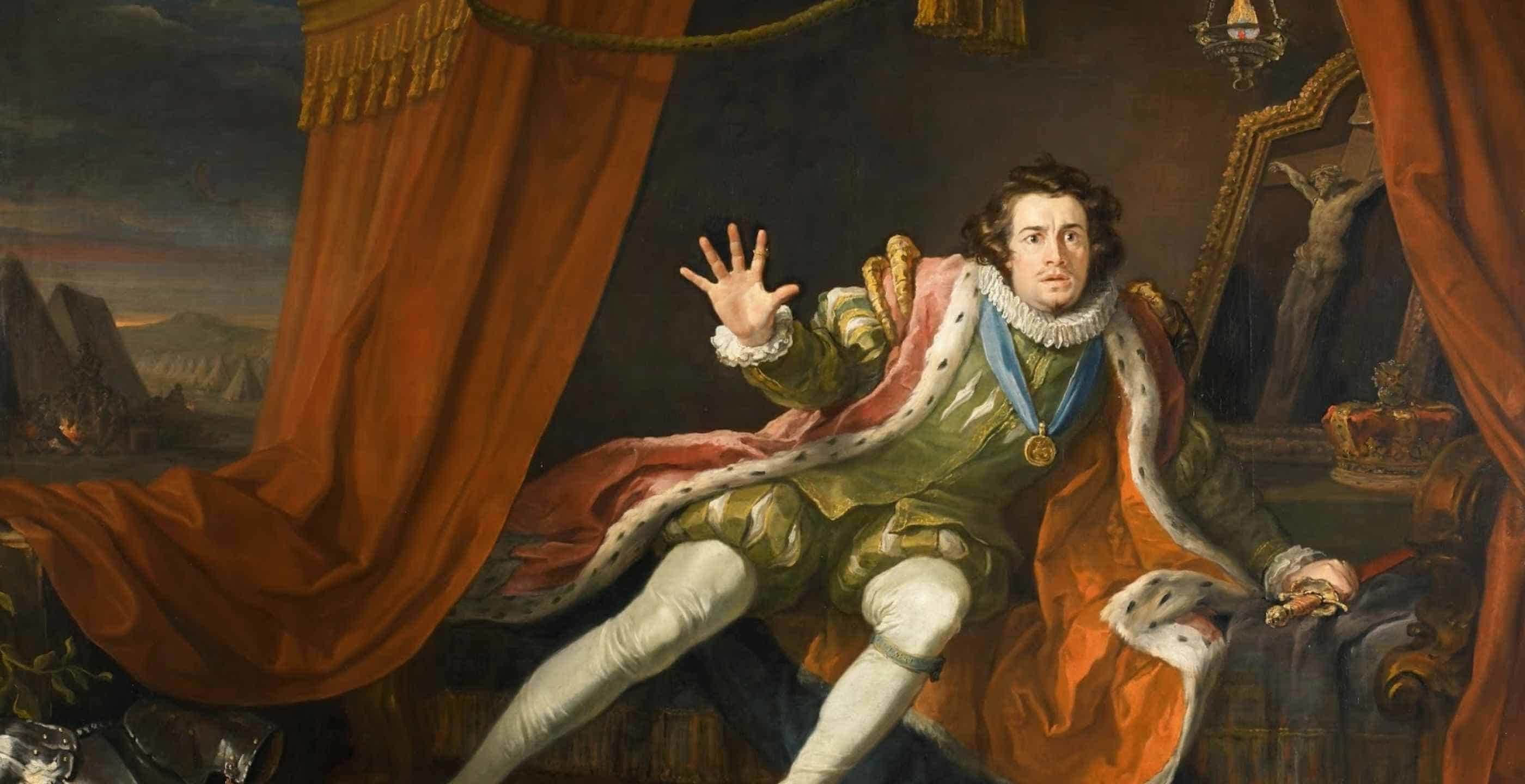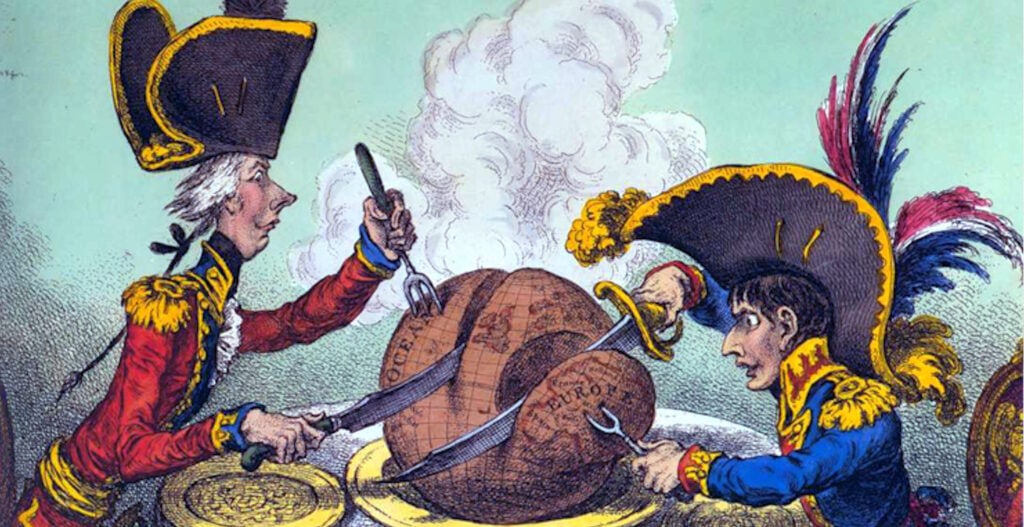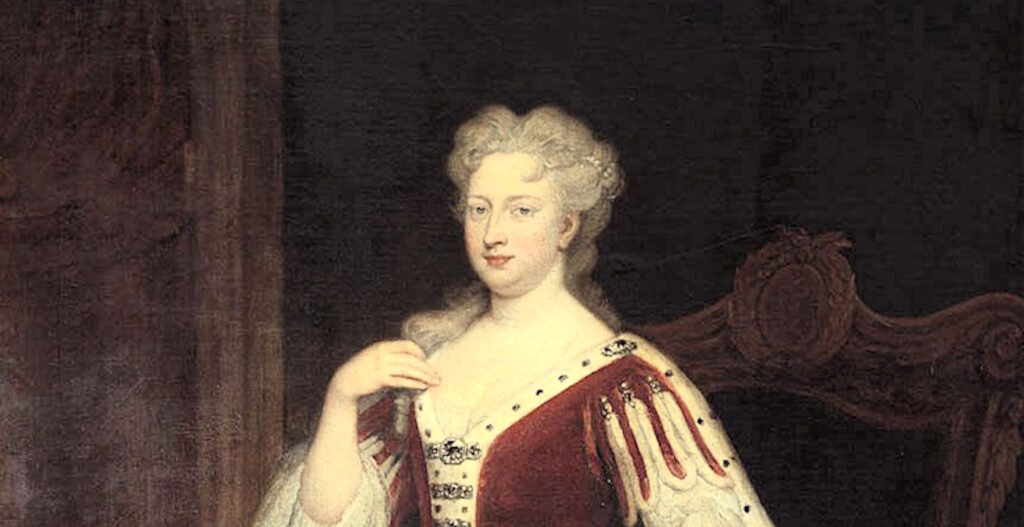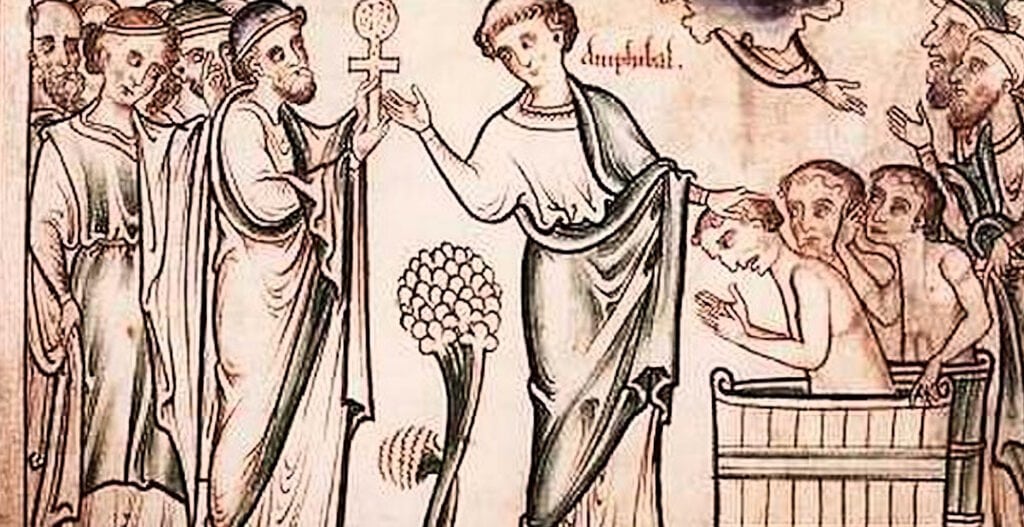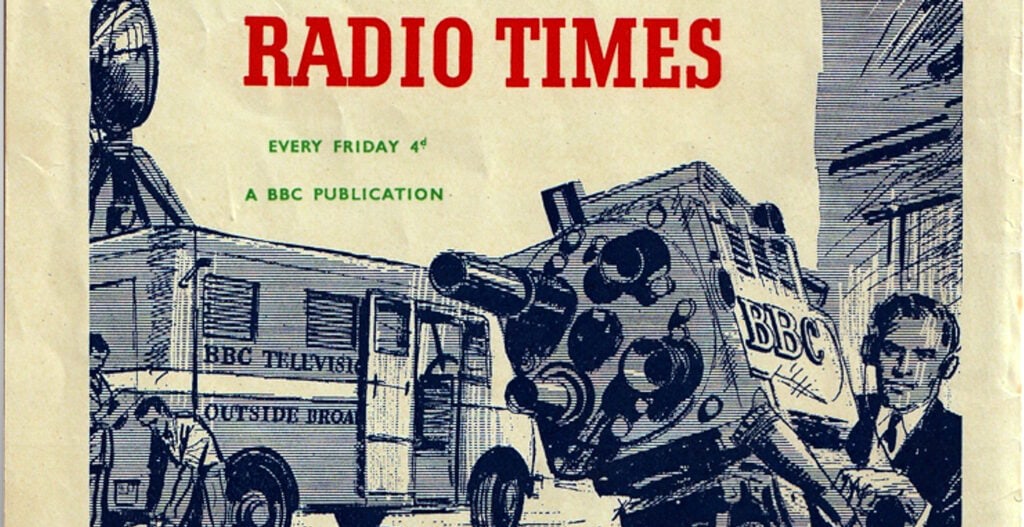Culture UK
Who are the British? Do they really drink tea, eat roast beef and Yorkshire pudding and never leave home without an umbrella? Find out more about true Brits; past and present, myth and legend, fact and fiction.

How the BBC Caused a Snooker Boom — Twice
The advent of colour television and a program called ‘Pot Black’ introduced snooker to a whole new audience and led to a snooker boom in the UK. Then cable television made it possible for ‘Pot Black’ to bring snooker directly into many European living rooms as well…

Shrovetide and the Original Derby Game
Shrovetide football is an ancient, rough and chaotic ball game played on Shrove Tuesday, involving two rival teams of local people who try to manoeuvre a huge ball from one end of town to the other, with a minimal number of rules – and no limit as to the number of players…
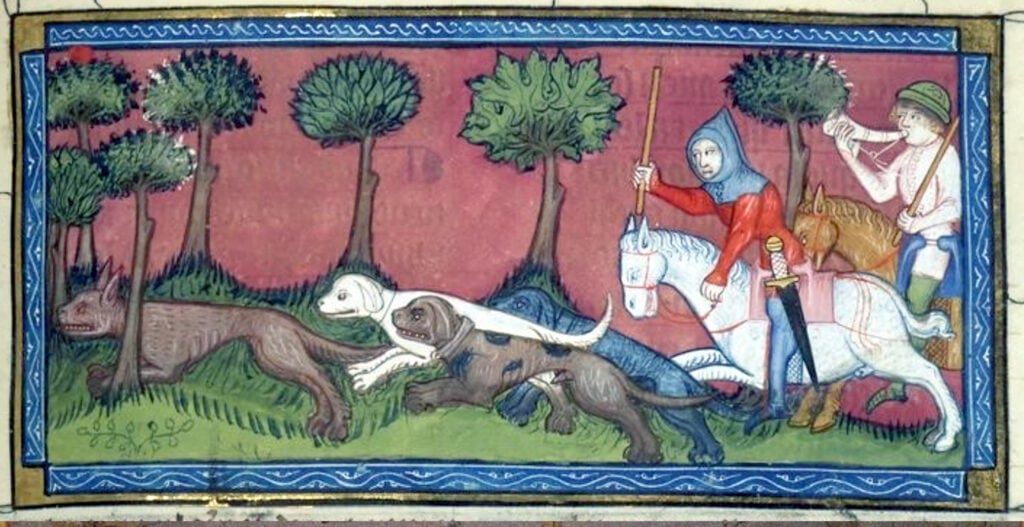
Royal Hunting – A Wilderness in Flux
Prior to the Norman Conquest, all classes engaged in hunting as an important source of food, and the land was left largely without human intervention. However with the arrival of the Normans, hunting grounds became the province of the nobility and the vast royal forests were strictly regulated.
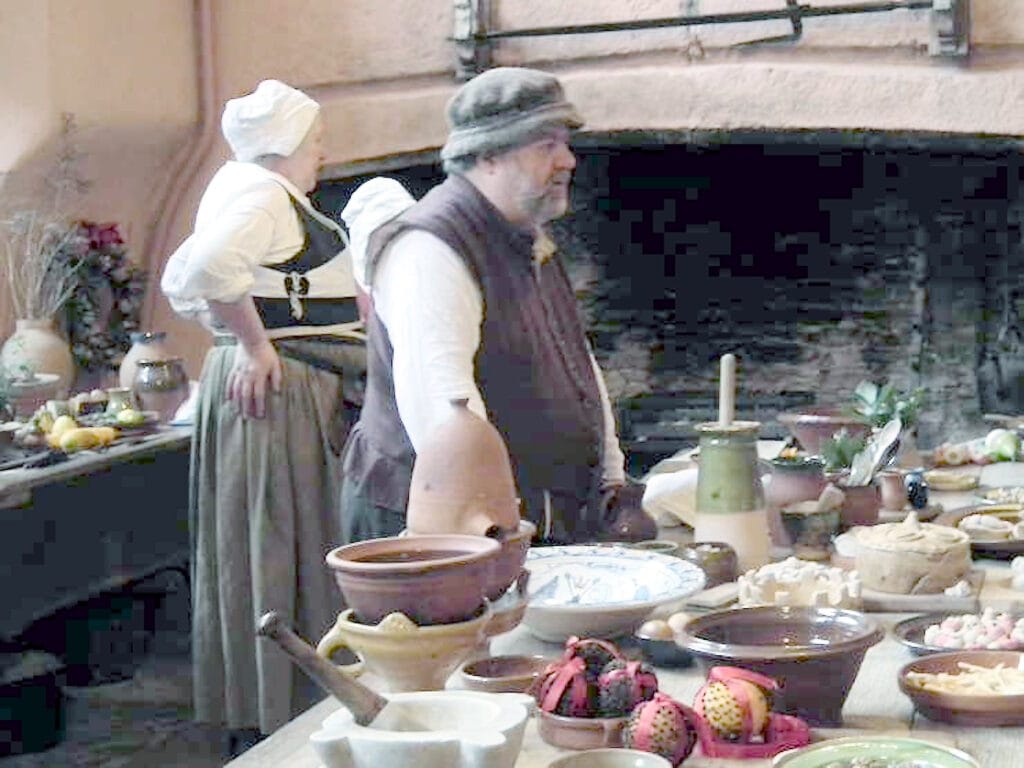
Tudor Dentistry
Queen Elizabeth I set all the trends at court – including her sugar-rotted teeth. Famous for her love of sugar and all things sweet, the queen’s blackened teeth became a beauty trend, with some people even going as far as to purposefully rot their own teeth to emulate the look.
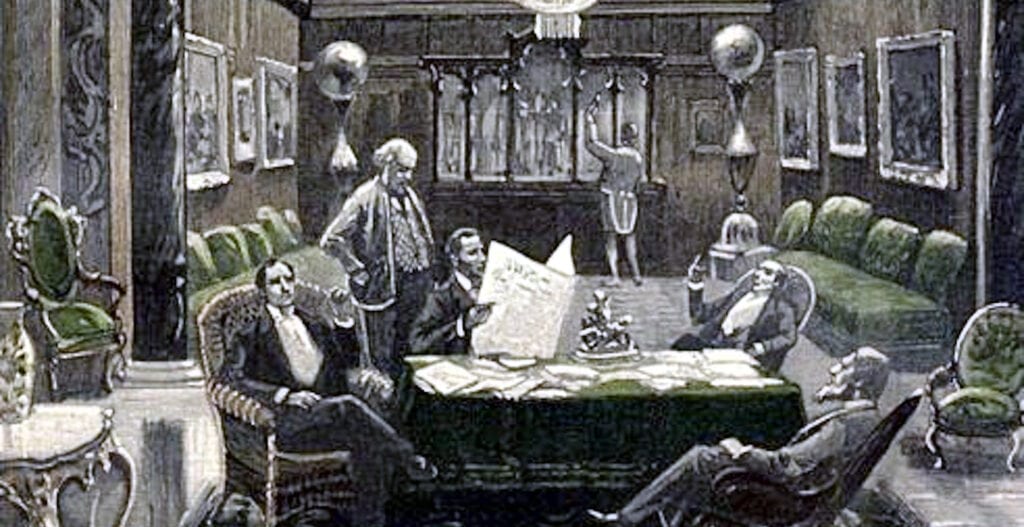
The History of Gentlemen’s Clubs
Dating from the Georgian era, gentlemen’s clubs were reserved exclusively for the aristocracy and the elite, to meet, drink, socialise and gamble. They were also the unofficial stomping grounds of political alliances and business networks. The members of these clubs – the establishment – would steer the political, economic and cultural course of society.
